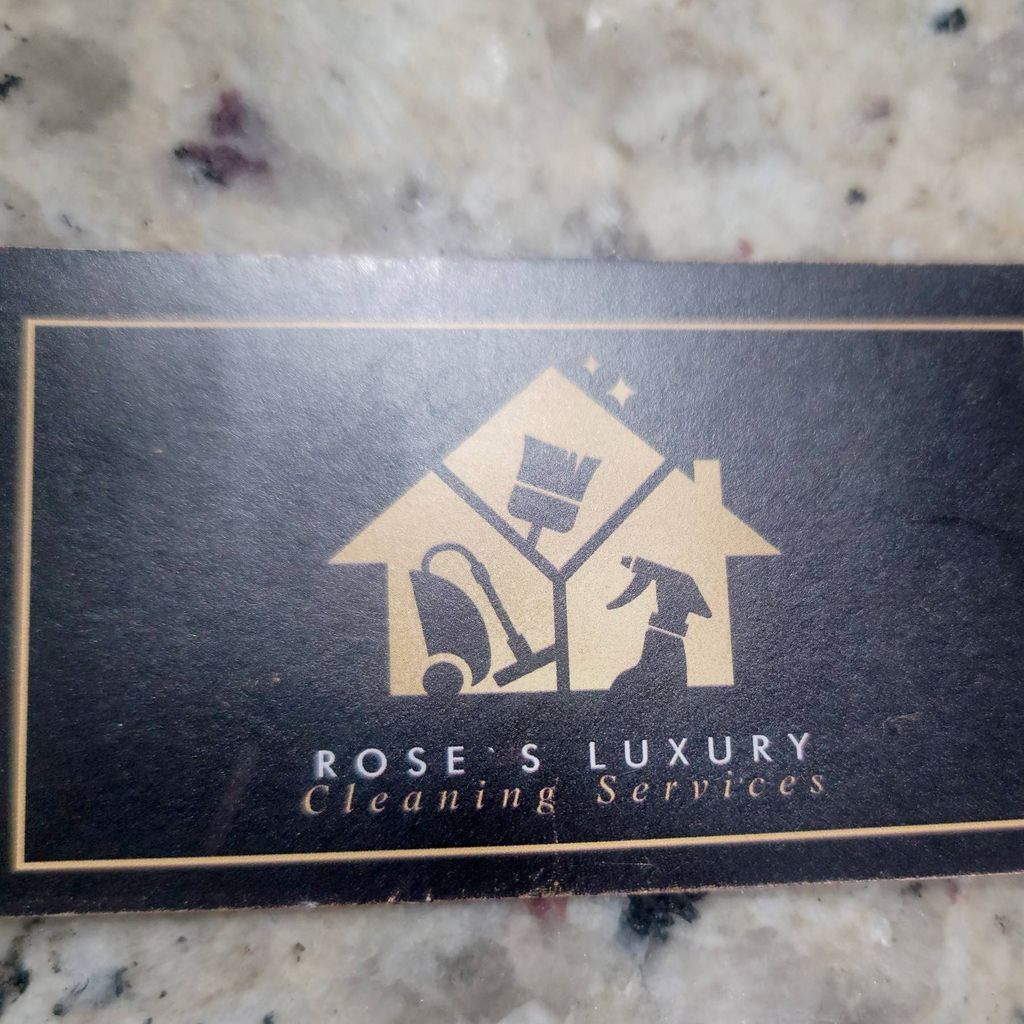FAQs
- What should the customer know about your pricing (e.g., discounts, fees)?
Customers should be aware that our pricing structure is transparent and designed to provide value for the services or products they receive. Our base pricing reflects the standard cost of our products or services. This is the price that customers can expect to pay without any additional discounts or fees. Custom Pricing: In some cases, we offer custom pricing arrangements for customers with unique needs or requirements. This could involve tailored pricing based on factors such as usage patterns. or other relevant criteria. Fees and Charges: We strive to be transparent about any additional fees or charges associated with our products or services. These could include transaction fees, or other relevant charges. It's important for customers to be aware of these fees upfront to avoid any surprises. Billing and Payment Terms: Our billing and payment terms are clearly outlined to ensure that customers understand when and how they will be charged for our products or services. This includes information about billing cycles, accepted payment methods, and any applicable payment fees e.g.. lock out fees. Flexibility: We understand that every customer's needs are unique, and we strive to be flexible in our pricing approach. This may involve negotiating pricing terms based on factors such as volume, frequency of purchase, or the specific requirements of the customer. Overall, we aim to provide fair and competitive pricing while ensuring that our customers receive the value they expect from our products or services. We encourage customers to reach out to our sales or customer service team with any questions or concerns about our pricing.
- What is your typical process for working with a new customer?
Our typical process for working with a new customer involves several key steps to ensure a smooth and successful partnership. Here's an overview: Initial Contact and Inquiry: The process usually begins when a potential customer reaches out to us expressing interest in our products or services. This could be through our email, phone call, or in-person contact. Discovery and Needs Assessment: Once we've made initial contact, we aim to understand the customer's needs, goals, and requirements. This involves asking questions to gather information about their business, challenges, and objectives. Proposal or Solution Presentation: Based on the information gathered during the discovery phase, we develop a proposal or present a solution that outlines how our products or services can address the customer's needs. This may include pricing details, timelines, and any other relevant information. Negotiation and Customization: Depending on the complexity of the project or the customer's specific requirements, there may be a negotiation phase where we discuss pricing, terms, and any necessary customizations to our offerings. Contract and Agreement: Once both parties have agreed on the terms, we formalize the partnership through a contract or agreement. This document outlines the responsibilities, obligations, and expectations of both parties, including pricing, payment terms, and other relevant details. Implementation and Onboarding: After the contract is signed, we move forward with the implementation phase. This may involve setting up accounts, configuring systems, or any other necessary steps to onboard the customer onto our platform or integrate our solutions into their existing processes. Ongoing Support and Relationship Management: Once the customer is up and running, we provide ongoing support to ensure their continued success. This includes addressing any issues or concerns that arise, providing additional training or resources as needed, and maintaining open lines of communication to foster a strong and collaborative relationship. Throughout this process, our goal is to provide exceptional customer service and support to ensure that the customer's needs are met and their expectations are exceeded. We strive to be responsive, flexible, and proactive in addressing any challenges or opportunities that arise during the course of our partnership.
- What education and/or training do you have that relates to your work?
Cleaning techniques and best practices: I've learned about different cleaning methods for various surfaces, materials, and environments. This includes knowledge about which cleaning agents are suitable for different types of stains and surfaces. Safety procedures: I've been trained on safety protocols to ensure that cleaning activities are carried out in a safe manner, minimizing risks to both the cleaner and the occupants of the space being cleaned. Equipment usage: I'm familiar with the usage of different cleaning equipment and tools commonly used in the industry, such as vacuum cleaners, mops, sponges, and scrub brushes. Customer service: I've learned about the importance of providing excellent customer service in the cleaning industry, including communication skills, professionalism, and responsiveness to customer needs and preferences. Environmental sustainability: I've been trained on eco-friendly cleaning practices and products that minimize environmental impact while still effectively cleaning and disinfecting spaces.
